Description
This plant is restricted for shipment to CA , OR
Latin Name: Quercus robur
Common Names: English Oak, Pedunculate Oak, French Oak
Hardiness Zones: 5-8
Mature Height/Spread: Typically grows between 40-70 feet (12-21 meters) tall, with some reaching up to 100 feet (30 meters). It features a wide, spreading, round crown and a substantial trunk. This shade tree requires ample space to fully develop.
Soil / Climate: Native to Europe, northern Africa, and western Asia, the English Oak prefers moist, fertile, well-drained soils and loams in full sun. However, it is highly adaptable to various soil types.
Notes: Part of the white oak family, the English Oak has dark bark with ridges and fissures. It produces inconspicuous yellowish-green flowers in spring, which appear as the leaves emerge. The acorns, which develop on stalks about 1-6 inches (2-15 cm) long, grow in clusters of 1-5. Each acorn is about 1 inch long with a cap covering approximately one-third of its length. The tree usually starts producing acorns around 25-30 years of age. The leaves are 3-5 inches (7-13 cm) long, dark green or bluish-green, with short stalks and 6-14 rounded lobes. They do not change color in the fall. In England, this oak is valued for its timber. Notably, the tree’s roots can extend 4-7 times the diameter of its crown. The tree has been associated with deer truffles, which are found in the soil around the oak roots. Although not edible, these truffles indicate the presence of oak trees and can be of interest to those planting English Oak. The tree is also a prime spot for deer hunting when the acorns fall.
Problems: In humid climates, powdery mildew can be a concern. Other issues include cankers, shoestring root rot, oak wilt, anthracnose, leaf spots, chestnut blight, and oak leaf blister. Additionally, it may face problems from galls, scale, oak lace bugs, caterpillars, borers, nut weevils, leaf miners, and oak skeletonizes.
Wildlife: The English Oak is a valuable food source for a variety of wildlife, including mammals and birds such as jays, woodpeckers, pigeons, pheasants, turkeys, ducks, squirrels, mice, badgers, and deer.
Cold Stream Farm supplies English Oak trees which are grown as bare root seedlings and transplants and sold both wholesale and retail with no minimum order.
Sources:
Additional information on Quercus robur can be found on the link: USDA / NRCS PLANTS Database.

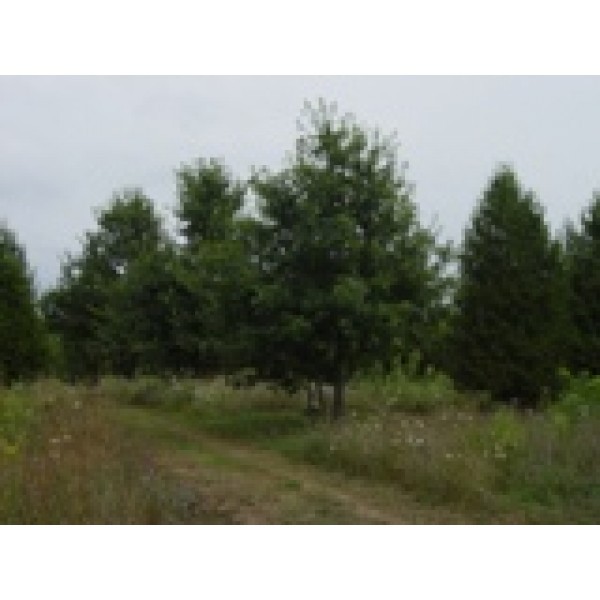
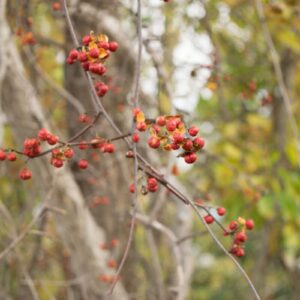
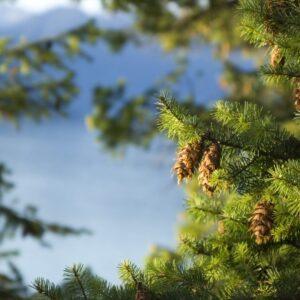
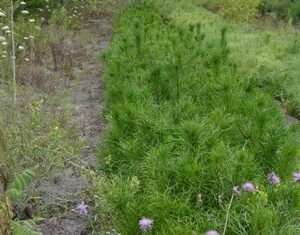
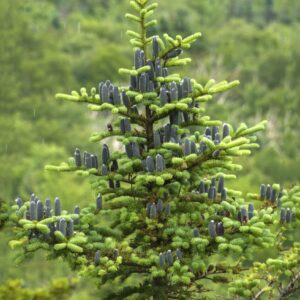

Reviews
There are no reviews yet.